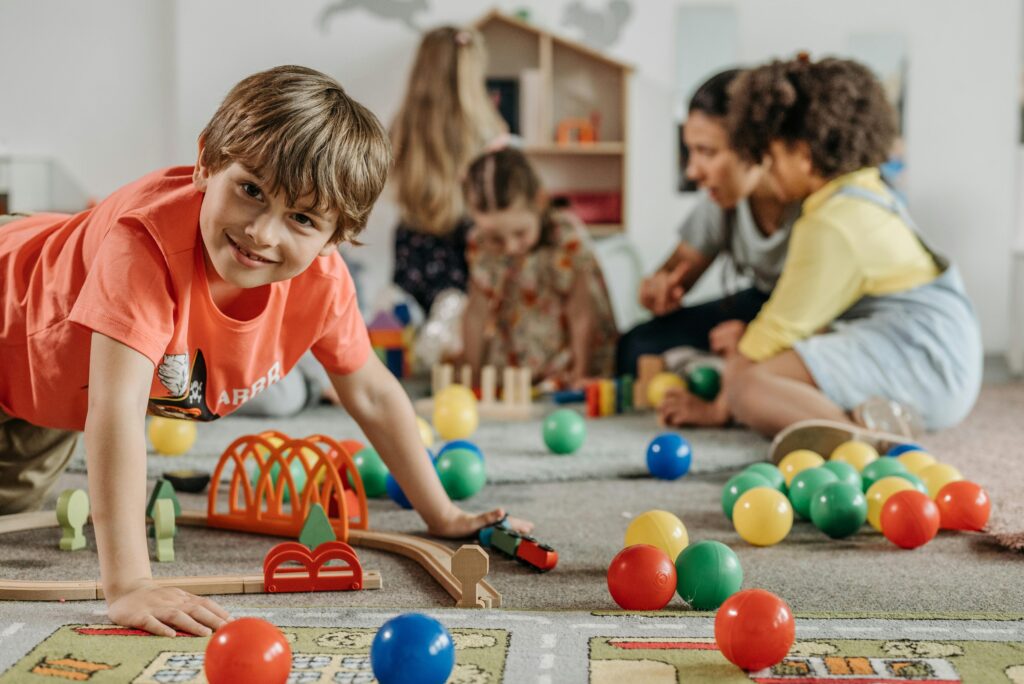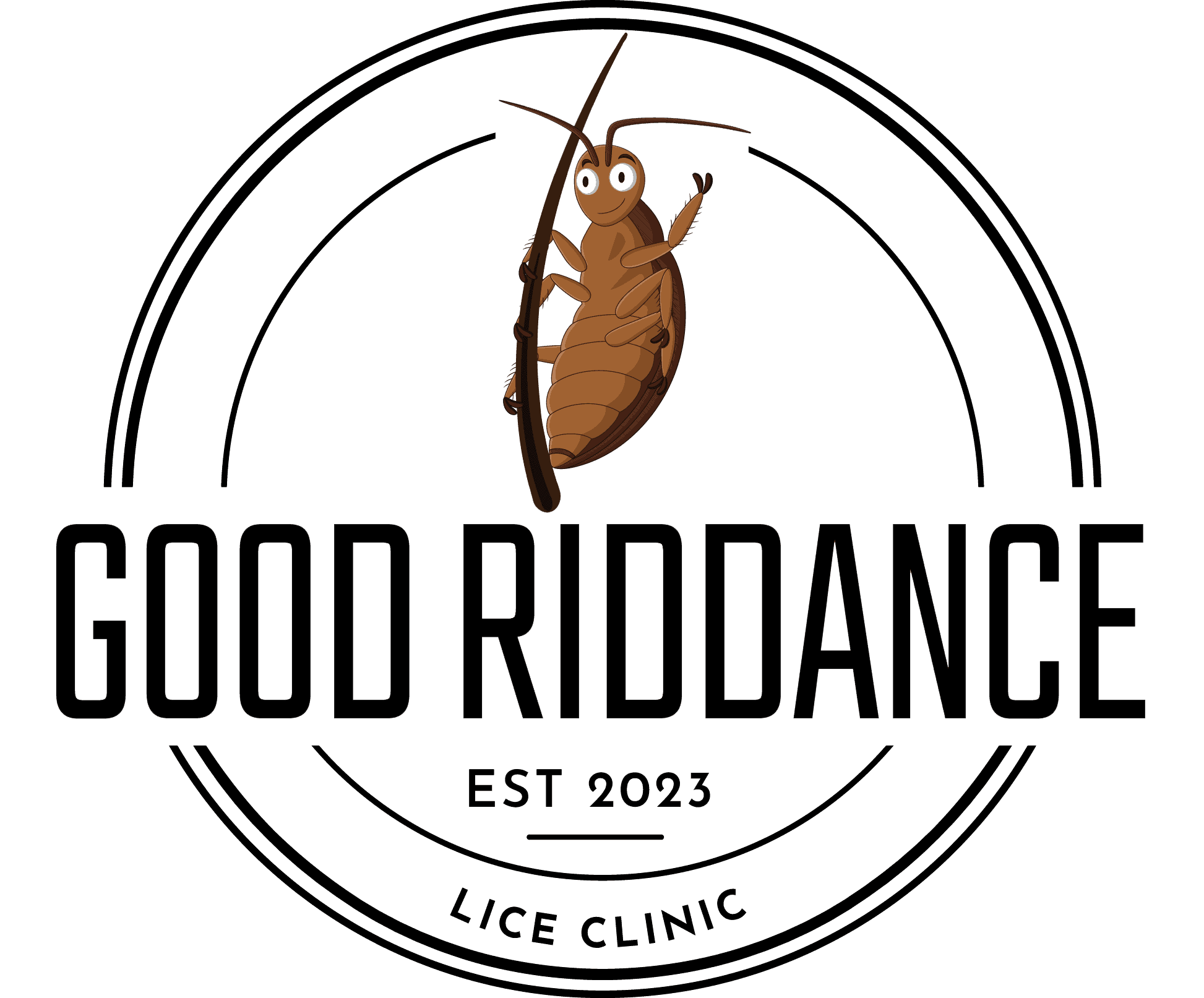Why Lice Are More Common in Kids (and How Adults Can Catch Them Too)
Lice. The tiny freeloaders no one invites to the party but always seem to find their way in — especially when kids are involved. If you’ve ever wondered why children seem to attract lice like moths to a flame (and whether adults are safe from their pesky grip), let’s break it down.

Why Are Kids the Prime Target?
Kids are like magnets for head lice, and it’s not because lice have a preference for smaller scalps. The real reasons are all about behavior, interaction, and, well, the way kids just are.
1. Close Contact is Their Thing
Kids don’t exactly respect personal space. Whether they’re leaning in to share a secret, working on group crafts, or huddling during storytime, their heads often come together. Since lice spread through direct head-to-head contact, these moments are an open invitation for transfer.
2. Sharing is Caring (But Not Always Wise)
From hairbrushes to hats, kids are natural sharers. While lice can’t live long off a human scalp, they can survive just long enough to transfer from one child to another through shared items.
3. Their Hair is Easier to Grip
Lice aren’t snobs, but they do find certain hair types easier to cling to. Fine, straight hair tends to give them a better foothold. Children’s hair, especially when it’s not loaded with styling products or oils, often makes an ideal playground for lice.
Can Adults Catch Lice Too?
Lice don’t discriminate based on age — they just want a warm scalp and a steady food source. Adults can get lice too, although it’s less likely because:
1. Adults Don’t Get (as) Cozy
Most adults maintain more personal space compared to kids. Unless you’re regularly snuggling or taking selfies with a lice-infested child, your chances of catching them are lower.
2. Hair Habits Can Help
Many adults use styling products like hairspray, gels, or oils, which create an environment that’s less welcoming to lice.
3. Awareness Plays a Role
Adults are more likely to recognize the signs of lice early and take preventative measures, whereas kids might not even notice they’re scratching their heads until an infestation is well underway.
How Adults Usually Catch Lice
Even though it’s less common, adults can still pick up lice — usually from close contact with infested kids. Here’s how it typically happens:
- Cuddling: Snuggles are a fast track for lice.
- Shared Items: Borrowing a hat, scarf, or even a pillow that’s been in contact with lice can lead to trouble if it happens within a tight timeframe.
- Family Infestations: If one member of the household has lice, there’s a chance it will spread to others through shared furniture or prolonged contact.
Prevention Tips for All Ages
Want to stay lice-free? Here’s how:
- Teach Kids About Personal Space: It’s a tough sell, but it helps to remind kids to avoid head-to-head contact during play.
- Say No to Sharing: Keep brushes, hats, and hair accessories personal.
- Be Vigilant at Home: If your child has lice, check everyone in the household. Early detection is key to stopping the spread.
- Seek Professional Help: If lice do invade, a lice clinic can ensure they’re thoroughly removed.
Knowledge is Your Best Defense
Lice might love hanging out on kids, but with a little awareness, you can reduce the risk for everyone. Adults might not be their preferred hosts, but staying informed and proactive is the best way to keep these unwanted guests from making themselves at home.
